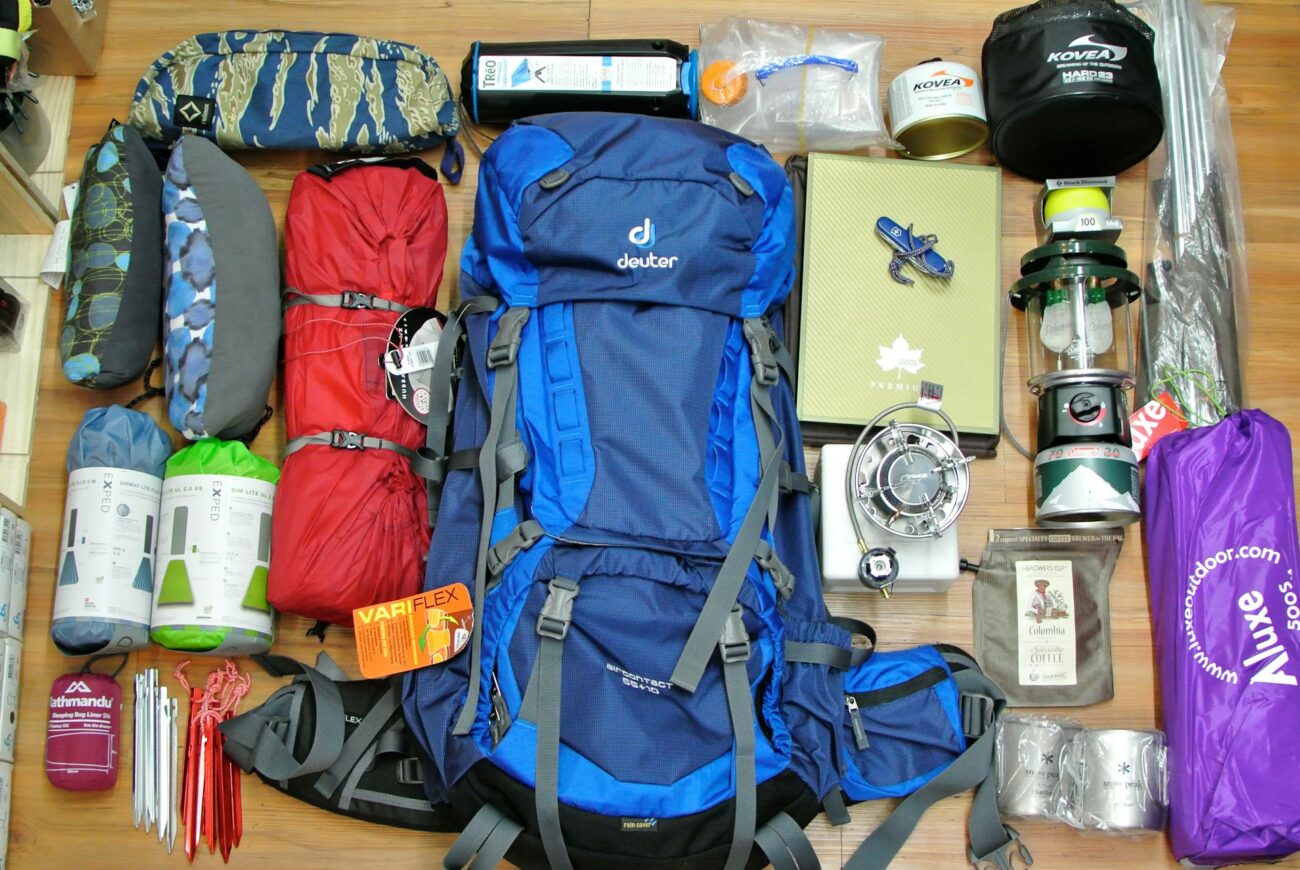Venturing into the wilderness offers unparalleled freedom and connection with nature, but it also presents significant challenges that can quickly turn dangerous without proper preparation. Whether you’re planning a weekend hiking trip or an extended backcountry expedition, having the right survival tools can mean the difference between a memorable adventure and a life-threatening emergency. The backcountry doesn’t offer the convenience of nearby help, making self-reliance essential. This guide explores the 13 critical tools that should accompany every outdoor enthusiast into remote areas, providing both practical functionality and peace of mind when you’re miles away from civilization.
1. Multi-Tool or Fixed-Blade Knife
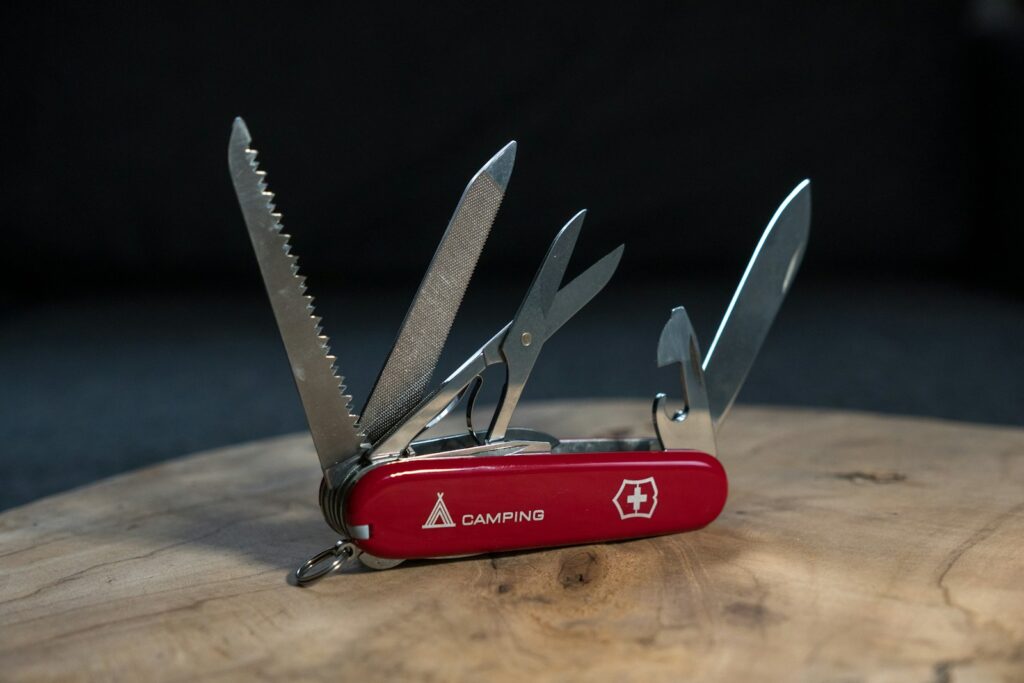
A quality knife or multi-tool serves as perhaps the most versatile survival item in your pack, functioning as the cornerstone of your backcountry toolkit. With a good blade, you can process firewood, prepare food, build emergency shelters, create hunting implements, and handle countless other survival tasks. Fixed-blade knives offer superior strength and reliability for heavy-duty tasks, while multi-tools provide versatility with their additional implements like pliers, screwdrivers, and saws. When selecting either option, prioritize high-quality steel that holds an edge well and a comfortable grip that prevents hand fatigue during extended use. Remember that in survival situations, your knife may be used extensively, so durability should never be compromised for weight savings.
2. Fire Starting Kit
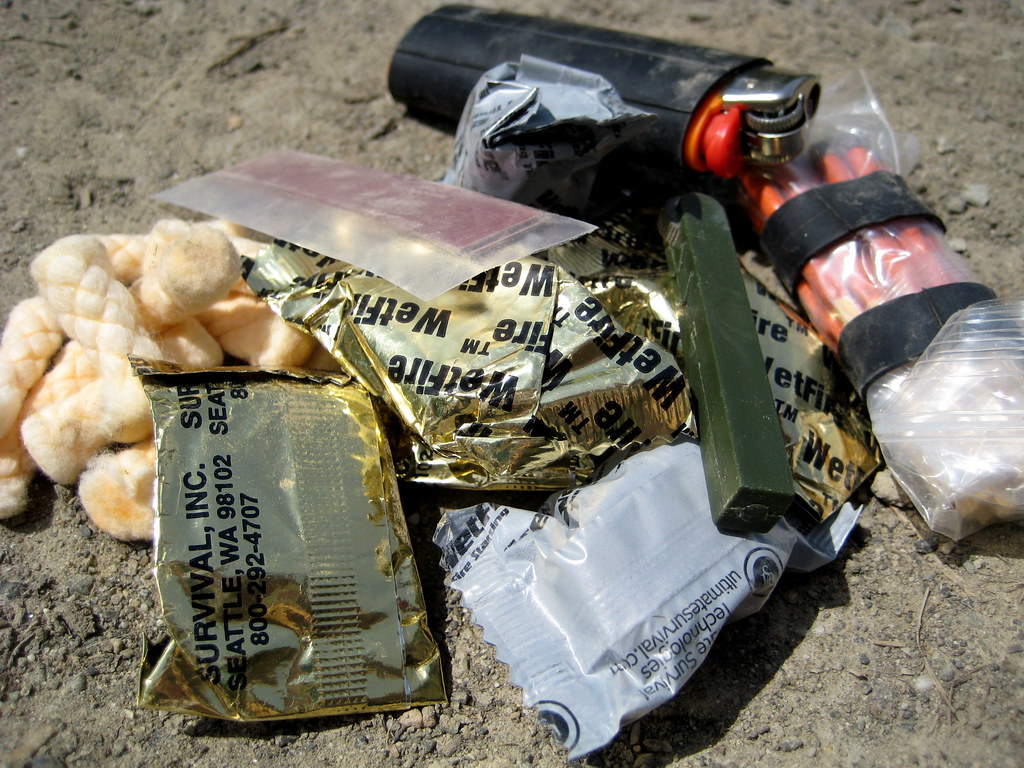
The ability to create fire in any condition represents one of the most fundamental survival skills, providing warmth, cooking capability, water purification, signaling, and psychological comfort. A comprehensive fire starting kit should include multiple ignition methods: waterproof matches, several lighters, and a ferrocerium rod (ferro rod) that produces sparks even when wet. Supplement these with easily ignitable tinder such as cotton balls soaked in petroleum jelly, commercial fire starters, or natural materials like birch bark and fatwood. The redundancy principle is crucial here—never rely on just one fire-starting method, as environmental conditions can render individual methods ineffective. Practice using all your fire-starting tools before heading into the backcountry, as the stress of an emergency situation is not the time to learn these critical skills.
3. Navigation Tools
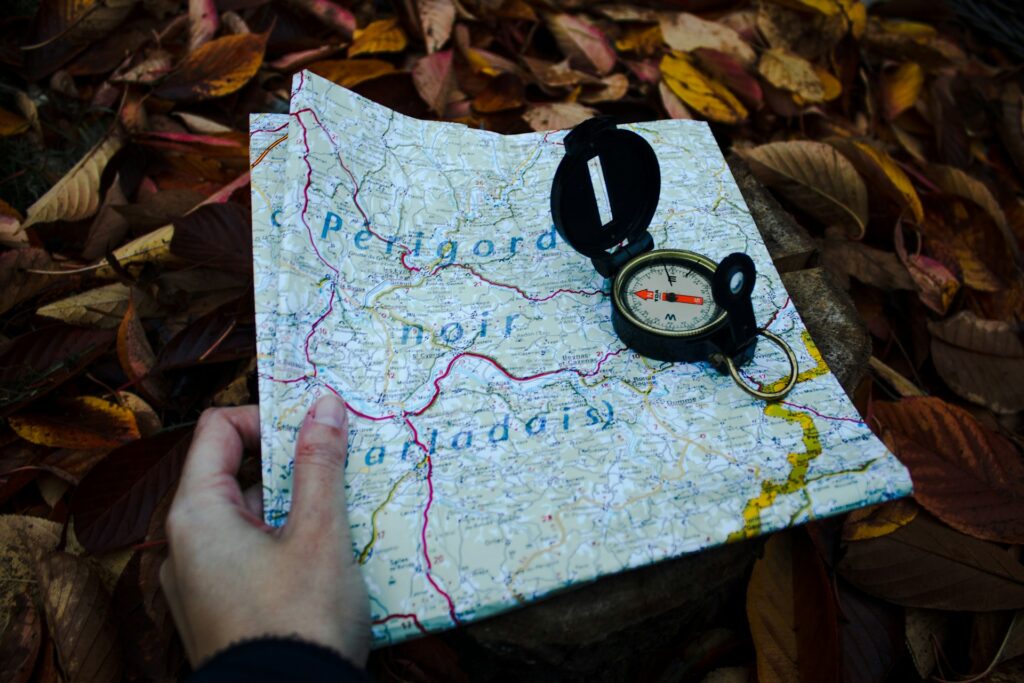
Getting lost in the backcountry can rapidly escalate from inconvenience to life-threatening emergency, making reliable navigation tools essential for wilderness travel. A detailed topographic map of your specific area and a quality compass form the foundation of backcountry navigation, functioning independently of batteries or satellite connections. Learn to use these tools properly before your trip, including taking bearings, following azimuths, and understanding topographic features. While GPS devices and smartphone apps provide convenient navigation assistance, they should always be considered supplementary rather than primary tools due to their vulnerability to battery failure, damage, and signal loss. Regardless of your technological aids, develop the habit of maintaining situational awareness by regularly identifying landmarks and mentally tracking your progress through the terrain.
4. Water Filtration System
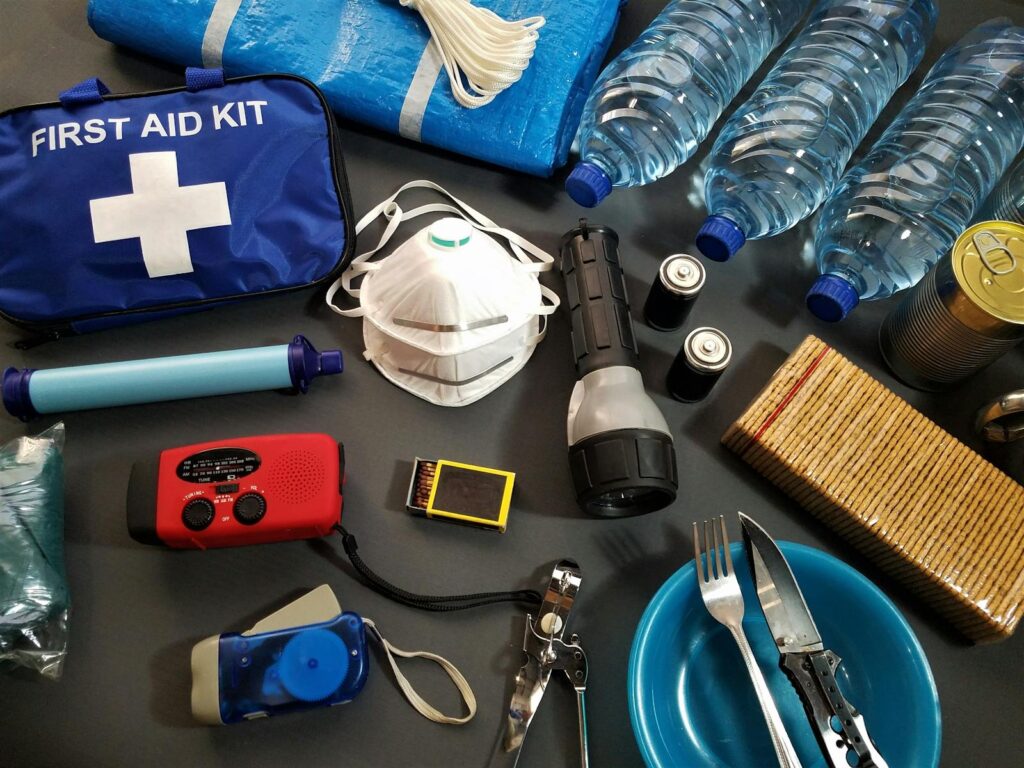
Access to clean drinking water ranks among the most pressing survival needs, as dehydration can debilitate even the most experienced outdoors person within hours. A reliable water filtration system allows you to safely utilize natural water sources without risking waterborne illnesses that could further compromise your situation. Modern portable filters can remove bacteria, protozoa, and particulates, while some advanced models also address viruses and chemical contaminants. Supplement your primary filtration system with backup purification methods such as chemical tablets or a small pot for boiling water. When selecting a filtration system, consider factors like flow rate, filter lifespan, maintenance requirements, and freezing sensitivity. The ideal system balances effectiveness, reliability, and ease of use even when you’re cold, tired, or stressed.
5. Emergency Shelter
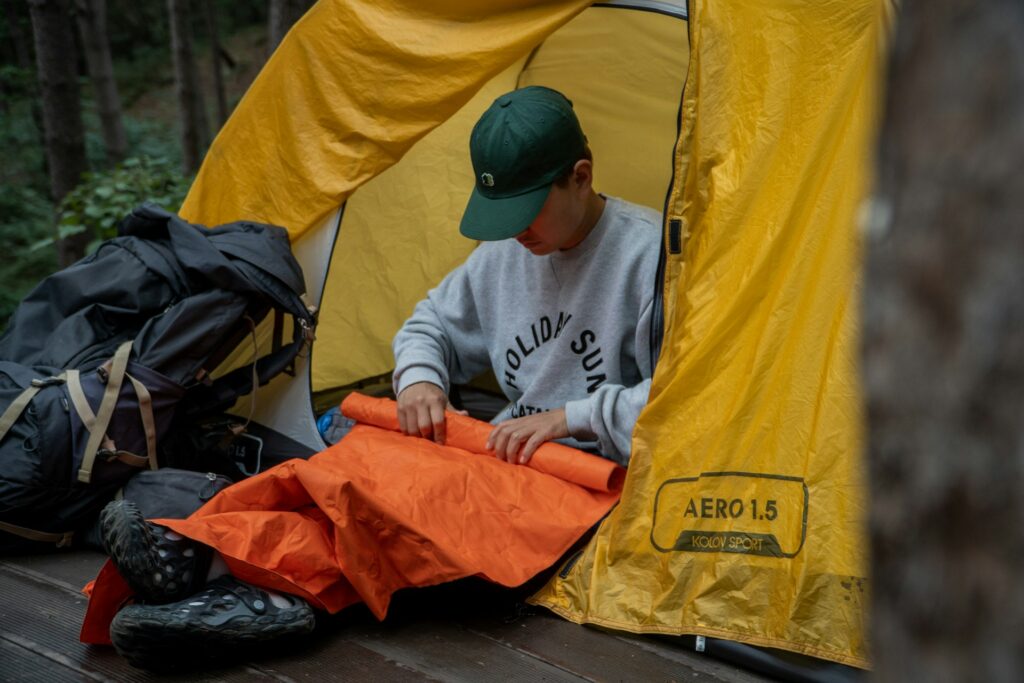
Exposure to harsh elements can rapidly lead to hypothermia or heat-related emergencies, making emergency shelter one of your most critical survival priorities. A lightweight emergency shelter solution provides protection from precipitation, wind, and temperature extremes while occupying minimal pack space. Options range from ultralight tarps and bivy sacks to emergency space blankets designed to reflect body heat. The most versatile emergency shelters offer multiple configuration options to address different environmental challenges and can be quickly deployed without complex setup procedures. Beyond commercial options, carry additional shelter-building materials like cordage and a compact folding saw, which expand your ability to construct improvised shelters from natural materials when necessary. Familiarize yourself with basic shelter designs appropriate for different environments before venturing into the backcountry.
6. First Aid Kit
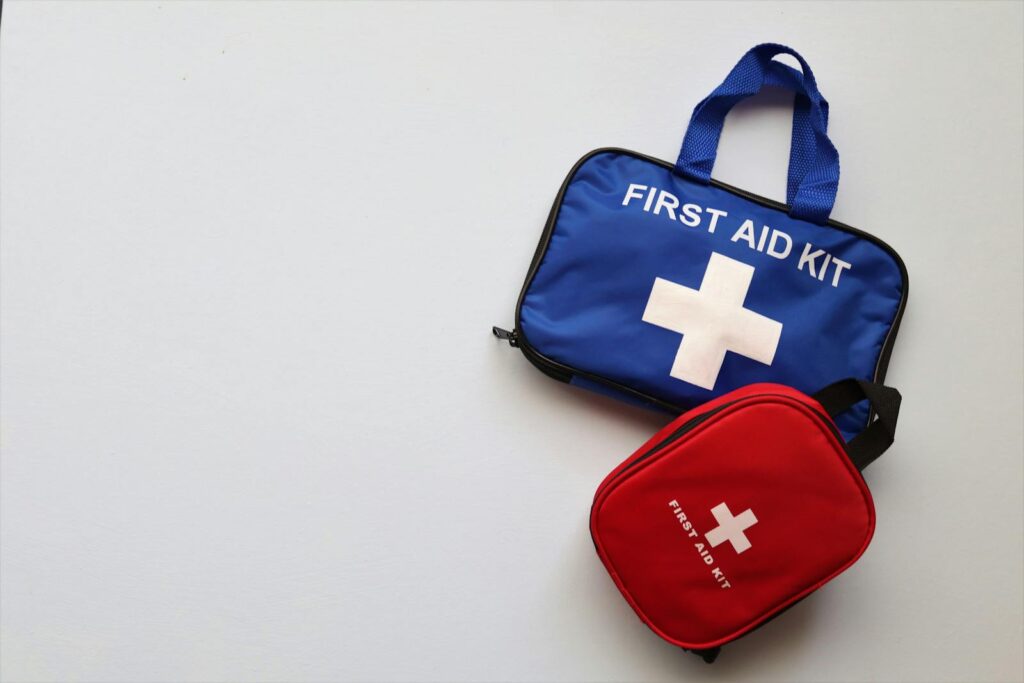
Injuries and medical emergencies become significantly more serious when you’re days from professional medical care, making a comprehensive first aid kit indispensable for backcountry travel. Your kit should balance weight considerations with preparedness for likely scenarios based on your destination, activities, and pre-existing medical conditions. Beyond basic supplies like bandages, gauze, and disinfectants, include items specific to wilderness emergencies: blister treatment, splinting materials, irrigation syringes for wound cleaning, and appropriate medications. Customize your kit with prescription medications you might need and emergency medications like epinephrine or antihistamines if applicable. Most importantly, obtain wilderness first aid training to effectively use your supplies, as the best-stocked kit offers limited value without the knowledge to employ it correctly.
7. Signaling Devices
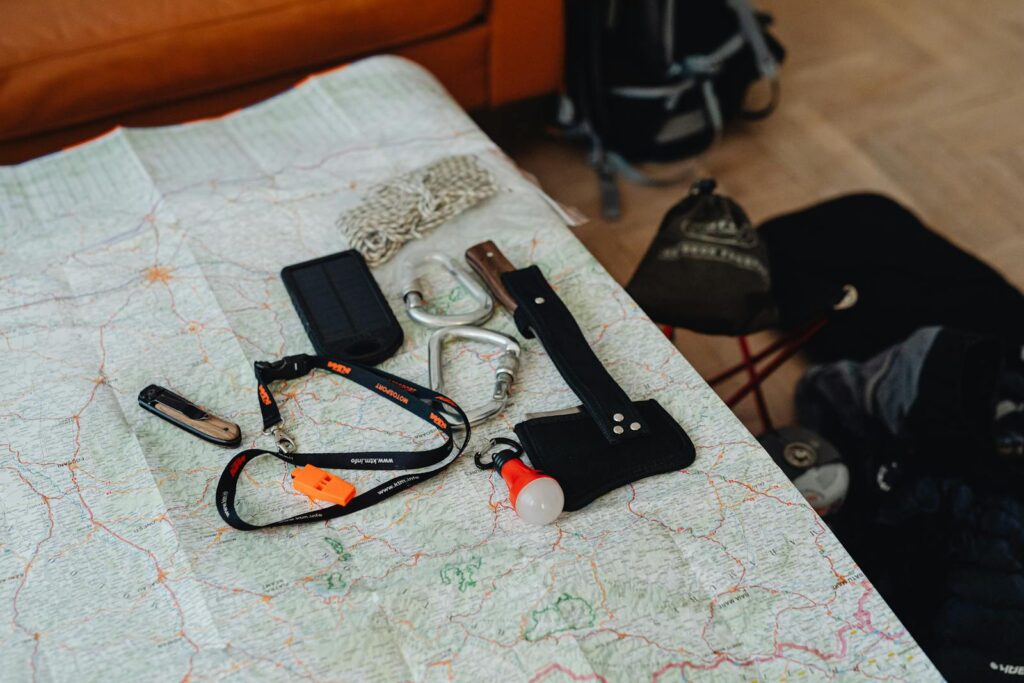
When emergency situations require outside assistance, effective signaling devices dramatically increase your chances of rescue in remote backcountry locations. A combination of visual and audible signaling tools provides redundancy across different environmental conditions and rescue scenarios. Carry a whistle that functions even when wet or frozen (plastic rather than metal), as its sound travels much farther than the human voice and requires less energy to use. Signal mirrors can flash sunlight visible for miles on clear days, while bright-colored markers or smoke from specific fire materials enhance visibility in open terrain. For modern technological options, personal locator beacons (PLBs) or satellite messengers provide direct communication with emergency services, though these should complement rather than replace traditional signaling methods. Remember that effective signaling often requires understanding both how and when to deploy these tools.
8. Cordage

Few survival tools match the versatility and utility of strong cordage in backcountry emergencies, serving countless functions from shelter construction to gear repairs. Paracord (550 cord) represents the gold standard for survival cordage due to its exceptional strength-to-weight ratio, durability in harsh conditions, and internal strands that can be separated for finer tasks. Carry at least 50 feet of paracord, preferably in multiple shorter sections distributed throughout your gear for redundancy. Beyond emergency uses, cordage facilitates creating animal snares, fishing line, impromptu backpack repairs, securing injured limbs, and fashioning tools. The ability to tie essential knots—including the bowline, taut-line hitch, clove hitch, and sheet bend—significantly enhances cordage utility, making knot practice an important pre-trip preparation activity.
9. Headlamp or Flashlight
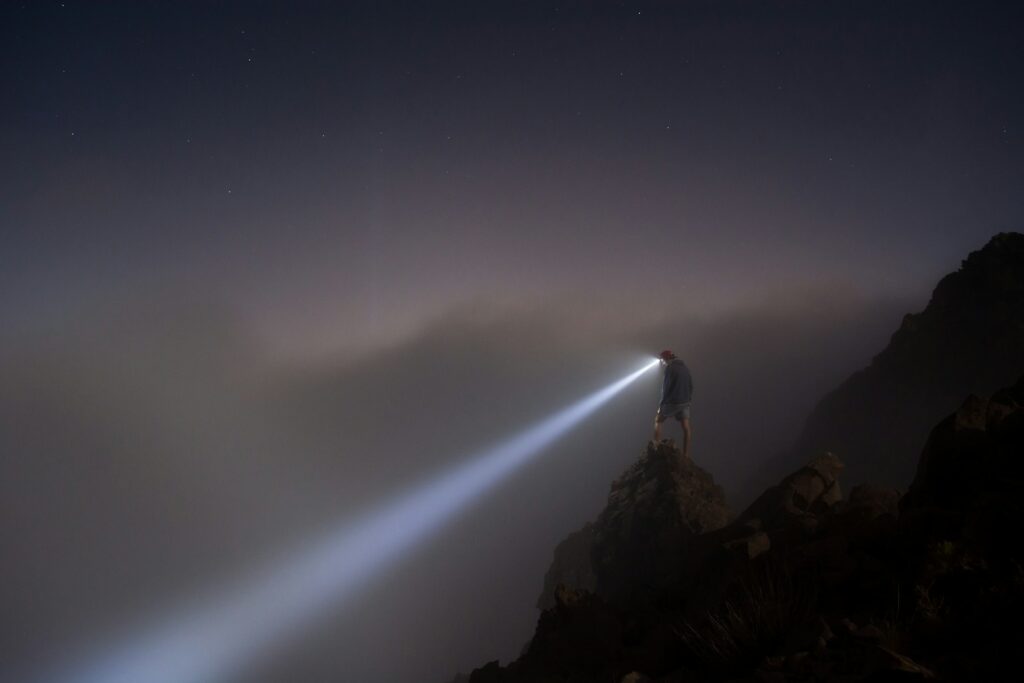
Darkness in the backcountry presents unique challenges, from basic camp tasks to emergency navigation, making reliable illumination essential for safety and functionality. A quality headlamp offers the significant advantage of hands-free operation, allowing you to perform tasks, administer first aid, or travel while maintaining full manual dexterity. When selecting a light source, prioritize models with adjustable brightness settings to balance battery conservation with illumination needs, and water resistance for functionality in all weather conditions. Carry spare batteries appropriate for your device, and consider a secondary backup light source like a mini flashlight or photoluminescent markers. Modern LED technology has dramatically improved light output while reducing weight and power consumption, but remember that even the best headlamp requires thoughtful battery management in extended backcountry situations.
10. Emergency Food Supply

While humans can survive weeks without food, caloric deficiency rapidly impacts decision-making, physical capability, and thermal regulation—all critical factors in wilderness survival scenarios. Your emergency food supply should emphasize high caloric density, extended shelf life, minimal preparation requirements, and resistance to temperature extremes. Options like energy bars, jerky, nuts, and specialized emergency ration bars provide substantial nutrition while minimizing weight and volume in your pack. Rather than relying exclusively on foraging skills (which require extensive knowledge and favorable conditions), carrying emergency rations ensures baseline nutrition when you’re delayed, lost, or unable to access your primary food supply. Consider dietary restrictions and personal preferences when selecting emergency foods, as palatability becomes increasingly important for food consumption during stressful situations.
11. Weather-Appropriate Clothing
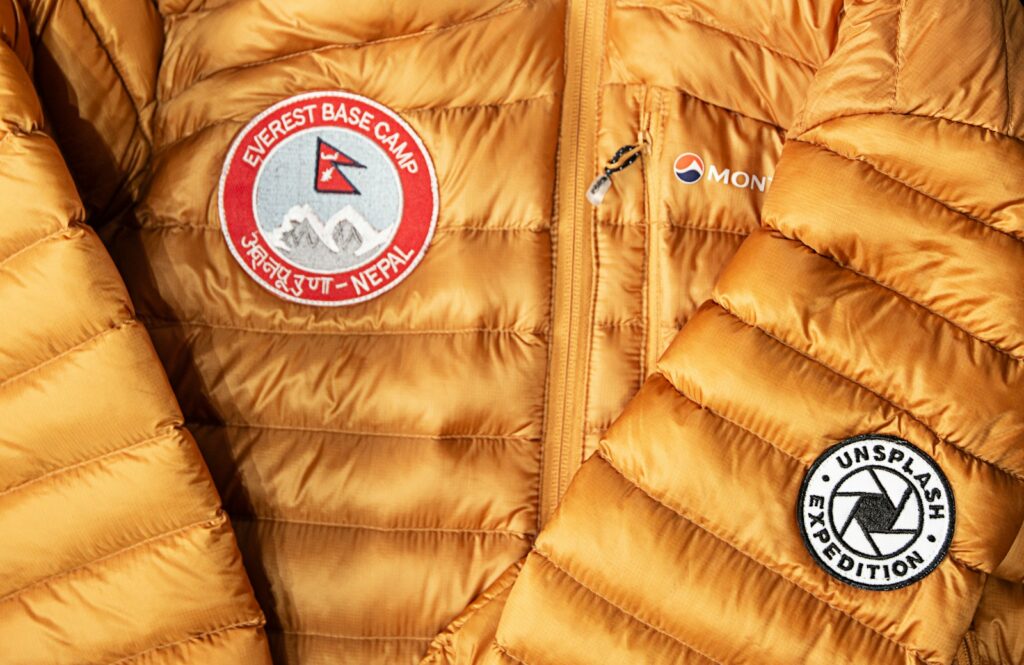
Proper clothing functions as your first line of defense against environmental threats, making it an often-overlooked but critical survival tool in the backcountry. Employ the layering principle with moisture-wicking base layers, insulating mid-layers, and weather-resistant outer shells that can be adjusted to changing conditions and activity levels. Even in seemingly mild climates, carry additional insulation and rain protection, as weather can change rapidly in wilderness areas and hypothermia remains a leading cause of outdoor fatalities. Particular attention should be paid to extremity protection—quality gloves, hat, and appropriate footwear prevent significant heat loss and maintain functionality. Avoid cotton materials which lose insulative properties when wet, instead favoring wool, synthetic fabrics, or specialized technical materials designed for outdoor performance.
12. Repair Kit
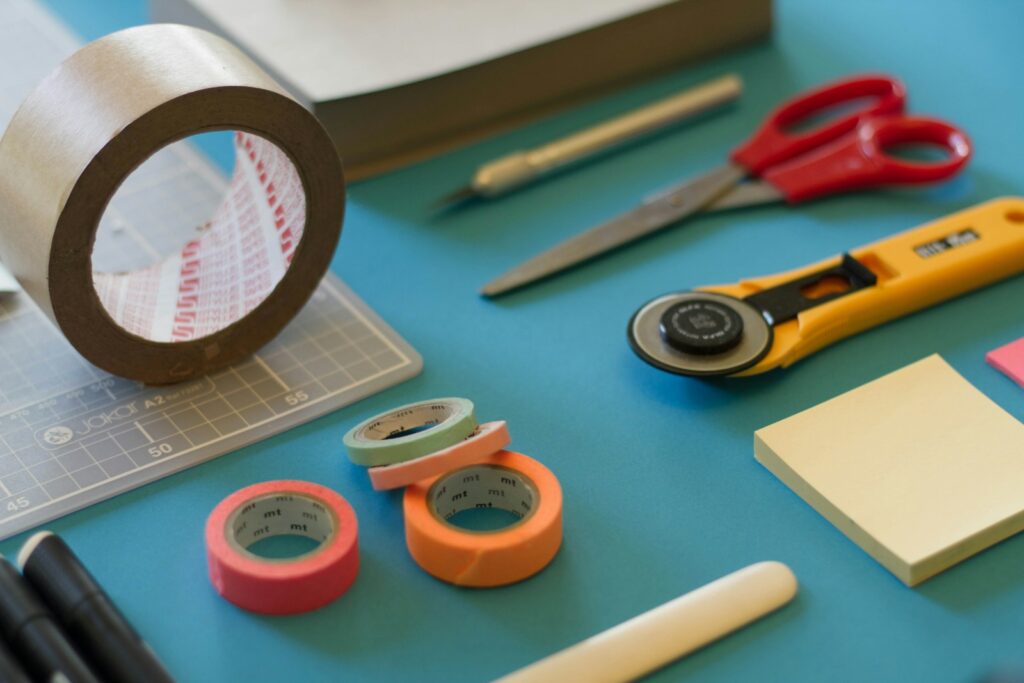
Equipment failures in remote areas can quickly escalate from inconvenience to emergency, making a versatile repair kit an essential component of backcountry preparedness. Assemble a compact kit containing multi-purpose items like duct tape, safety pins, zip ties, gear patches, and a sewing kit with heavy-duty thread and needles. Include repair components specific to your critical gear—tent pole splints, sleeping pad patches, stove maintenance tools, or spare parts for water filtration systems. The best repair kits emphasize versatility, allowing improvised solutions for unanticipated problems beyond their intended applications. Familiarity with basic repairs before your trip significantly enhances your ability to effectively address equipment failures under field conditions when reference materials may be unavailable and conditions less than ideal.
13. Emergency Communication Device

When serious emergencies exceed your self-rescue capabilities, reliable communication technology can prove lifesaving in remote backcountry settings. Satellite communication devices overcome the limitations of cellular networks in wilderness areas, providing emergency messaging capabilities virtually anywhere with clear sky visibility. Options range from one-way personal locator beacons (PLBs) that transmit emergency signals to rescue authorities, to two-way satellite messengers that enable ongoing communication with emergency services and personal contacts. Consider devices offering tracking functionality that allows designated contacts to monitor your progress and location. While these devices provide crucial emergency capability, they should complement rather than replace proper preparation, skills development, and traditional emergency tools. Remember that even the most advanced communication technology can fail due to damage, battery depletion, or user error, reinforcing the importance of comprehensive survival preparation.
The 13 essential tools outlined in this guide form the foundation of backcountry preparedness, enabling self-reliance in remote wilderness settings where external assistance may be days away. While carrying these items is crucial, their value multiplies exponentially when paired with the knowledge and skills to use them effectively. Before any backcountry expedition, invest time in practicing survival techniques, understanding your equipment limitations, and developing the mental resilience to face unexpected challenges. Remember that these tools represent a starting point that should be customized based on your specific destination, activity, group size, and experience level. The wilderness offers unparalleled experiences for those who enter with respect and preparation, and these essential tools help ensure your adventures remain memorable for all the right reasons.

